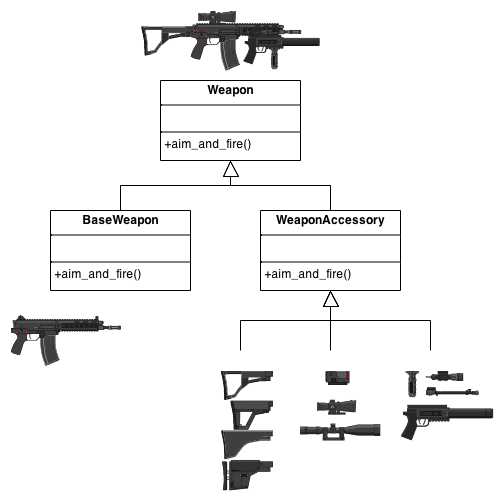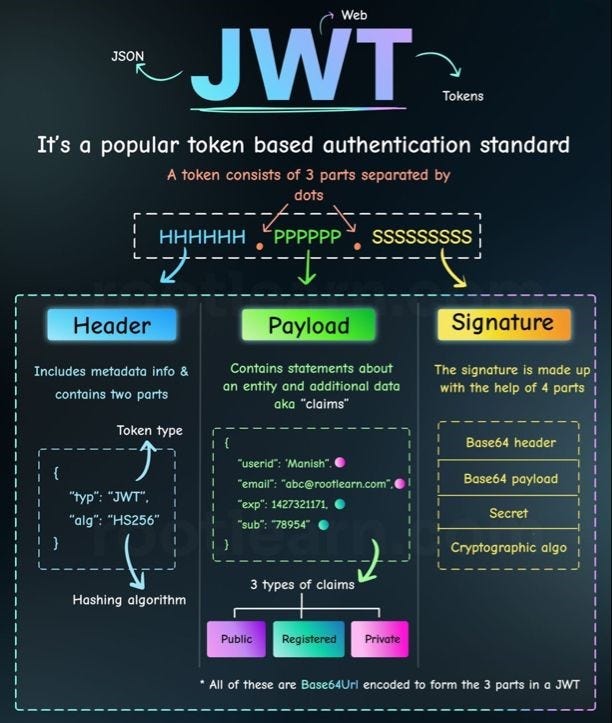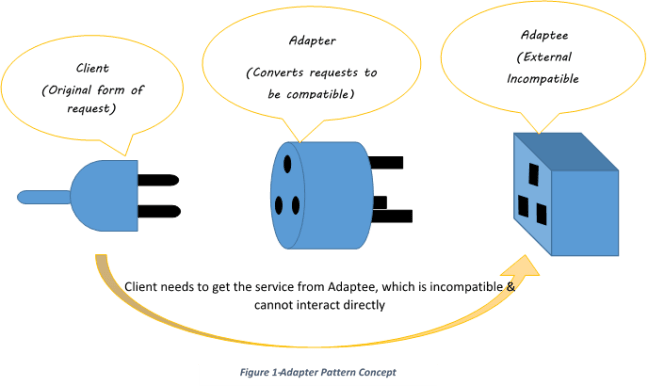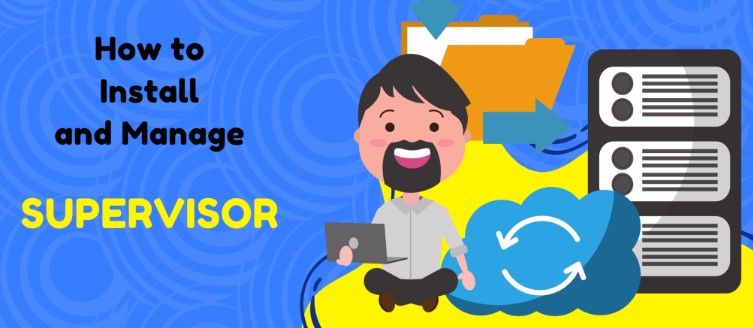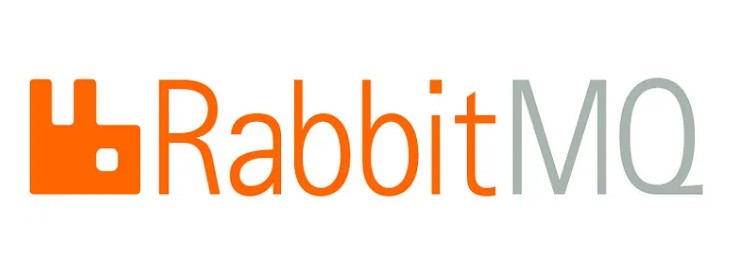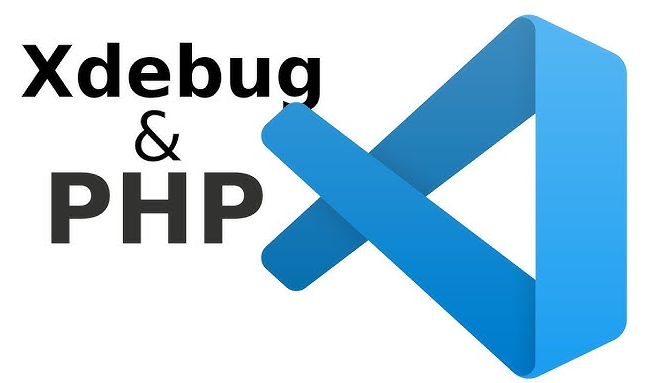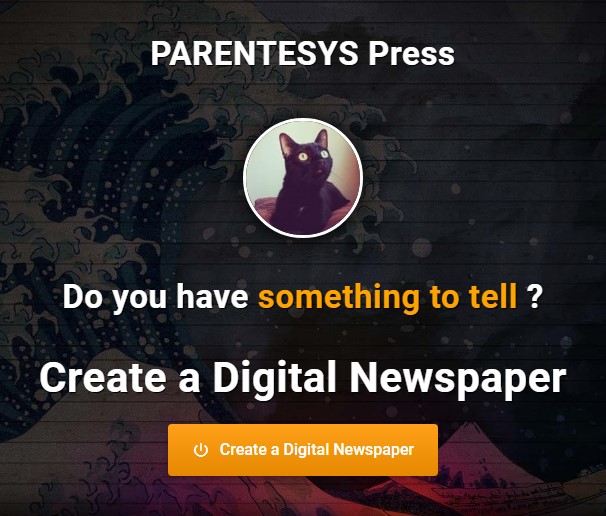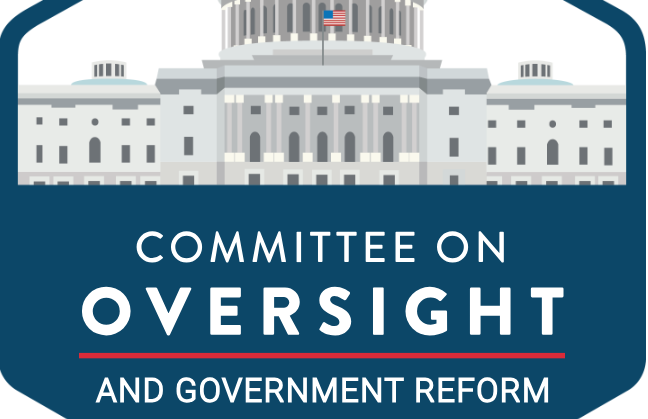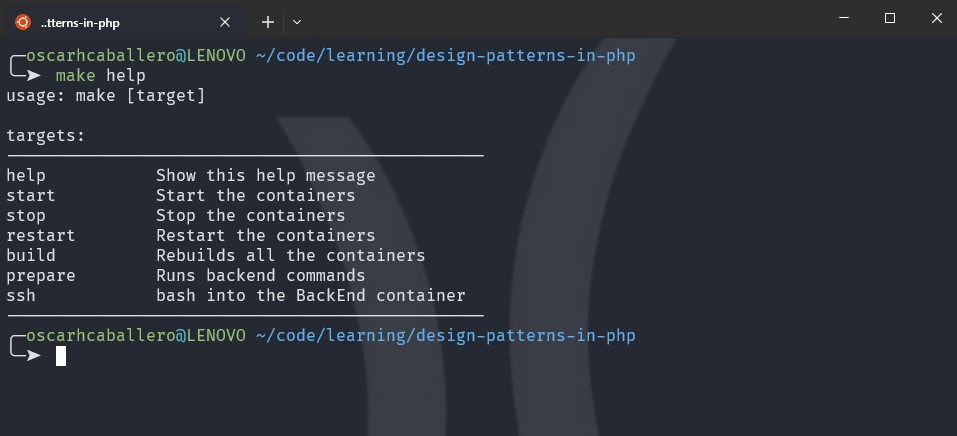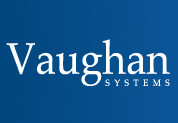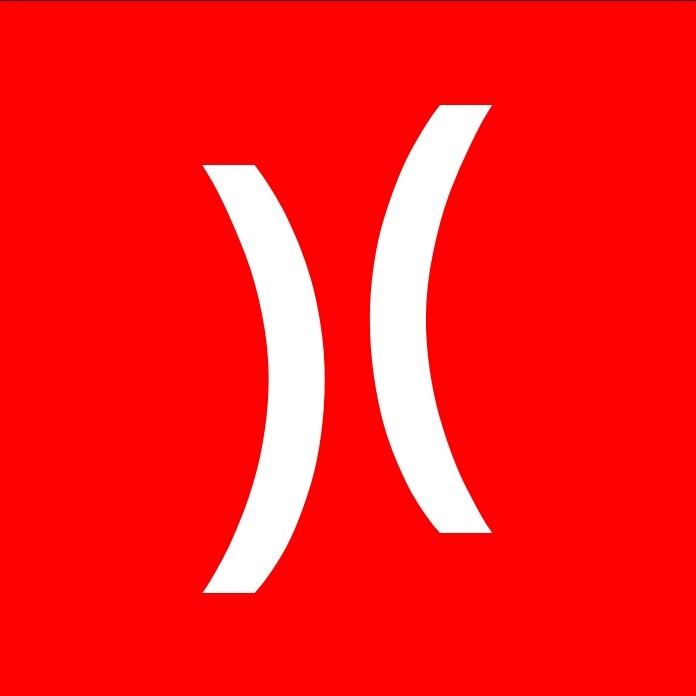Introduction to The Objective-C 2.0 Programming Language
An object-oriented approach to application development makes programs more intuitive to design, faster to develop, more amenable to modification, and easier to understand. Most object-oriented development environments consist of at least three parts:
In this section:
Who Should Read This Document
Organization of This Document
Conventions
See Also
An object-oriented approach to application development makes programs more intuitive to design, faster to develop, more amenable to modification, and easier to understand. Most object-oriented development environments consist of at least three parts:
-
An object-oriented programming language and support library
-
A library of objects
-
A set of development tools
This document is about the first component of the development environment—the programming language and its runtime environment. It fully describes the Objective-C language, and provides a foundation for learning about the second component, the Mac OS X Objective-C application frameworks—collectively known as Cocoa. You can start to learn more about Cocoa by reading Getting Started with Cocoa. The two main development tools you use are Xcode and Interface Builder, described in Xcode User Guide and Interface Builder respectively.
Important: This document describes version 2.0 of the Objective-C language which is released with Mac OS X v10.5. Several new features are introduced in this version, including properties (see “Properties”), fast enumeration (see “Fast Enumeration”), optional protocols, and (on 64-bit platforms) non-fragile instance variables. These features are not available on versions of Mac OS X prior to 10.5. If you use these features, therefore, your application cannot run on versions of Mac OS X prior to 10.5. To learn about version 1.0 of the Objective-C language, read Object Oriented Programming and the Objective-C Programming Language 1.0.
The Objective-C language is a simple computer language designed to enable sophisticated object-oriented programming. Objective-C is defined as a small but powerful set of extensions to the standard ANSI C language. Its additions to C are mostly based on Smalltalk, one of the first object-oriented programming languages. Objective-C is designed to give C full object-oriented programming capabilities, and to do so in a simple and straightforward way.
For those who have never used object-oriented programming to create applications before, this document is also designed to help you become familiar with object-oriented development. It spells out some of the implications of object-oriented design and gives you a flavor of what writing an object-oriented program is really like.
Who Should Read This Document
The document is intended for readers who might be interested in:
-
Learning about object-oriented programming
-
Finding out about the basis for the Cocoa application framework
-
Programming in Objective-C
This document both introduces the object-oriented model that Objective-C is based upon and fully documents the language. It concentrates on the Objective-C extensions to C, not on the C language itself.
Because this isn’t a document about C, it assumes some prior acquaintance with that language. However, it doesn’t have to be an extensive acquaintance. Object-oriented programming in Objective-C is sufficiently different from procedural programming in ANSI C that you won’t be hampered if you’re not an experienced C programmer.
Organization of This Document
This document is divided into several chapters and two appendixes.
The following chapters describe the Objective-C language They cover all the features that the language adds to standard C and C++. These chapters present the language, but also touch on important elements of the runtime system.
The Apple compilers are based on the compilers of the GNU Compiler Collection. Objective-C syntax is a superset of GNU C/C++ syntax, and the Objective-C compiler works for C, C++ and Objective-C source code. The compiler recognizes Objective-C source files by the filename extension .m, just as it recognizes files containing only standard C syntax by filename extension .c. Similarly, the compiler recognizes C++ files that use Objective-C by the extension .mm. Other issues when using Objective-C with C++ are covered in “Using C++ With Objective-C.”
“The Runtime System” looks at the NSObject class and how Objective-C programs interact with the runtime system. In particular, it examines the paradigms for managing object allocations, dynamically loading new classes at runtime, and forwarding messages to other objects.
The appendixes contain reference material that might be useful for understanding the language. They are:
-
“Language Summary” lists and briefly comments on all of the Objective-C extensions to the C language.
-
“Grammar” presents, without comment, a formal grammar of the Objective-C extensions to the C language. This reference manual is meant to be read as a companion to the reference manual for C presented in The C Programming Language by Brian W. Kernighan and Dennis M. Ritchie, published by Prentice Hall.
Conventions
Where this document discusses functions, methods, and other programming elements, it makes special use of computer voice and italic fonts. Computer voice denotes words or characters that are to be taken literally (typed as they appear). Italic denotes words that represent something else or can be varied. For example, the syntax:
@interfaceClassName(CategoryName)
means that @interface and the two parentheses are required, but that you can choose the class name and category name.
Where example code is shown, ellipsis points indicates the parts, often substantial parts, that have been omitted:
- (void)encodeWithCoder:(NSCoder *)coder |
{ |
[super encodeWithCoder:coder]; |
... |
} |
The conventions used in the reference appendix are described in that appendix.
See Also
Object-Oriented Programming with Objective-C describes object-oriented programming and development from the perspective of an Objective-C developer.
Objective-C 2.0 Runtime Reference describes the data structures and functions of the Objective-C runtime support library. Your programs can use these interfaces to interact with the Objective-C runtime system. For example, you can add classes or methods, or obtain a list of all class definitions for loaded classes.
Garbage Collection Programming Guide describes the garbage collection system used by Objective-C.
Objective-C Release Notes describes some of the changes in the Objective-C runtime in the latest release of Mac OS X.
fuente: http://developer.apple.com/documentation/Cocoa/Conceptual/ObjectiveC/index.html
Temas relacionados:
También te puede interesar
Opiniones de este contenido
Esta web se reserva el derecho de suprimir, por cualquier razón y sin previo aviso, cualquier contenido generado en los espacios de participación en caso de que los mensajes incluyan insultos, mensajes racistas, sexistas... Tampoco se permitirán los ataques personales ni los comentarios que insistan en boicotear la labor informativa de la web, ni todos aquellos mensajes no relacionados con la noticia que se esté comentando. De no respetarse estas mínimas normas de participación este medio se verá obligado a prescindir de este foro, lamentándolo sinceramente por todos cuantos intervienen y hacen en todo momento un uso absolutamente cívico y respetuoso de la libertad de expresión.
No hay opiniones. Sé el primero en escribir.
Depuración con Xdebug desde VSCode de código PHP en proyecto ReactJS
Cómo instalar Xdebug en XAMPP para depurar PHP en Visual Studio Code
El impacto de la inteligencia artificial en las artes y la creatividad humana.



